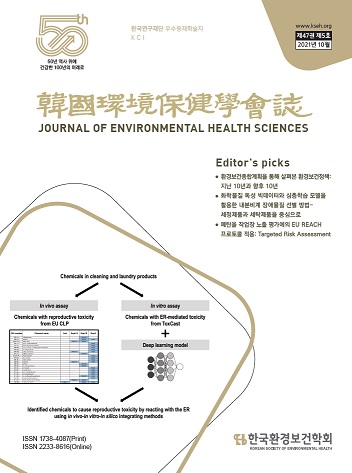Background: Fish and fishery products (FFPs) unintentionally contaminated with various environmental pollutants are major exposure pathways for humans. To protect human health from the consumption of contaminated FFPs, it is essential to develop a systematic tool for evaluating exposure and risks. Objectives: To regularly, accurately, and quickly evaluate adverse health outcomes due to FFPs contamination, we developed an automated dietary exposure and risk assessment system called HERA (the Human Exposure and Risk Assessment system for chemicals in FFPs). The aim of this study was to develop an overall architecture design and demonstrate the major features of the HERA system. Methods: For the HERA system, the architecture framework consisted of multi-layer stacks from infrastructure to fish exposure and risk assessment layers. To compile different contamination levels and types of seafood consumption datasets, the data models were designed for the classification codes of FFP items, contaminants, and health-based guidance values (HBGVs). A systematic data pipeline for summarizing exposure factors was constructed through down-scaling and preprocessing the 24-hour dietary recalls raw dataset from the Korea National Health and Nutrition Examination Survey (KNAHES). Results: According to the designed data models for the classification codes, we standardized 167 seafood items and 2,741 contaminants. Subsequently, we implemented two major functional workflows: 1) preparation and 2) main process. The HERA system was developed to enable risk assessors to accumulate the concentration databases sustainably and estimate exposure levels for several populations linked to seafood consumption data in KNAHES in a user-friendly manner and in a local PC environment. Conclusions: The HERA system will support policy-makers in making risk management decisions based on a nation-wide risk assessment for FFPs.
I. 서 론
II. 재료 및 방법
III. 결 과
IV. 고 찰
V. 결 론
(0)
(0)
